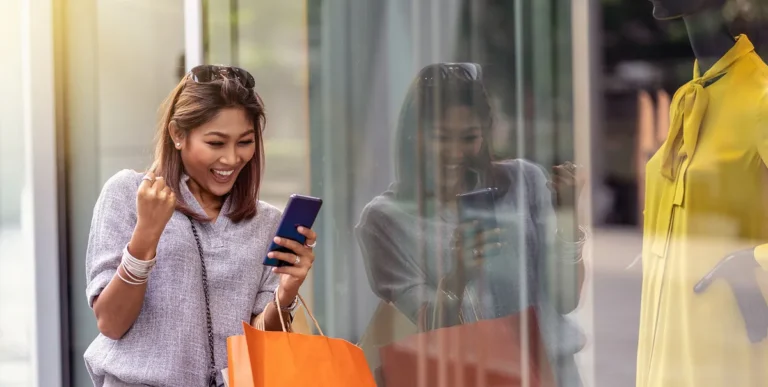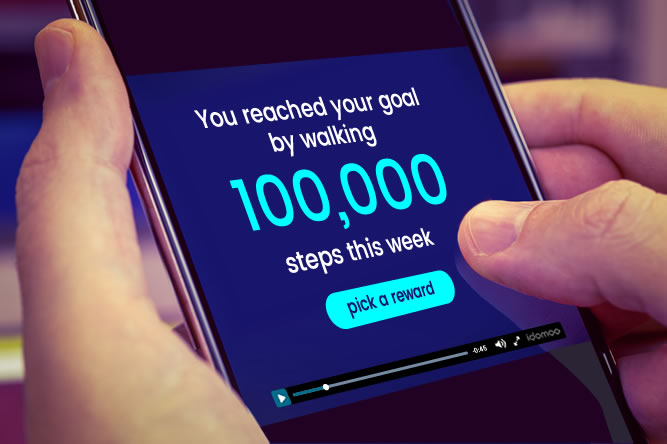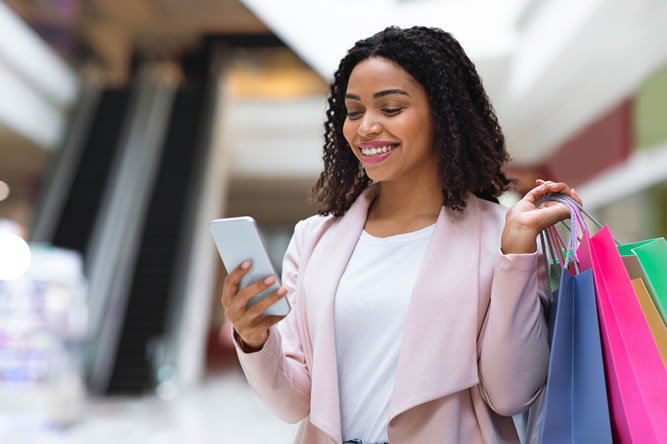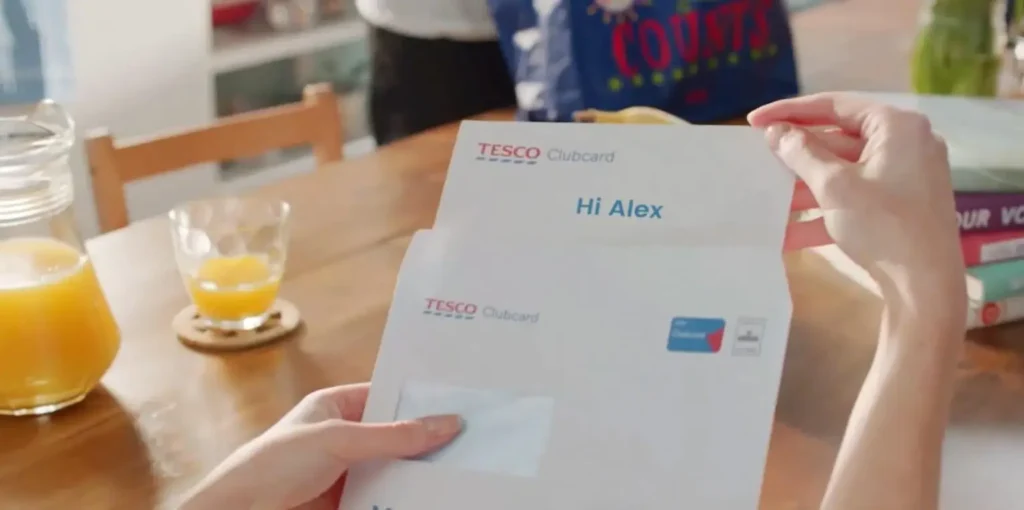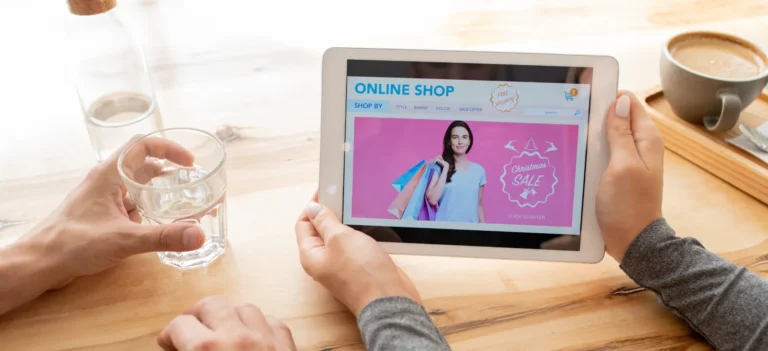Gamification might sound like another one of those marketing catchphrases of the moment, but behind the hype is a legitimate trend that’s driving loyalty and sales. And it’s only growing in popularity.
Turning something into a game to encourage the right behavior is nothing new. Chances are if you think back to the chore charts and stickers of childhood, you can see how parents and educators have been using games to make everyday tasks appealing for years.
Now, brands have perfected the art. From enterprise-level corporations to boutique brick-and-mortars, retailers of all sizes are finding ways to gamify their customer experience to increase engagement and, ultimately, improve sales. Here’s everything you need to know about this method for increasing brand loyalty and revenue.
What Is Gamification?
Gamification applies game concepts to everyday business activities. It’s the art of creating a set of challenges and rules that an individual must navigate to obtain a prize or reach a goal. This individual could be anyone from an employee, loyal customer or lead.
Gamification strategically brings an element of fun, competition and socializing to what are otherwise less appealing tasks. In retail, this can occur online or in store and is a great way to surprise and delight customers.
For example, Dick’s Sporting Goods ScoreCard rewards program uses gamification, allowing members to earn points when they connect their fitness tracker and complete daily move goals. The points can then be redeemed for cash rewards to use on the brand’s products. This not only incentivizes purchases but also promotes brand engagement through health and fitness.
It also helps develop an ongoing customer relationship by creating more positive touchpoints between the brand and consumer. By turning shopping into a game, brands can keep customers coming back for more and enhance their overall shopping experience.
Gamification in Retail: A Look at the Numbers
It’s all fun and games until someone sets some key performance indicators — then it becomes a business strategy. Here are the hard facts about gamification in retail based on a recent gamification report.
- The global gamification market is scheduled to grow by 25% between 2020 and 2025, and retail holds the largest share.
- Gamification has been shown to increase customer acquisitions by as much as 700%.
- Gamification tactics raised engagement and loyalty by 30% for brands such as Walgreens, eBay, Threadless and more.
Yet 80% of companies are currently underutilizing gamification techniques.
Why? It can seem difficult to leverage gamification. A lot of retailers think it involves creating a brand new mobile app geared toward gaming — and that takes a while to launch.
You don’t have to make your gamified efforts complicated. They just need to be fun and relevant. The report cited above defined bad implementation of gamification (yes, it happens) as efforts that rely on generic tasks and challenges. When it comes to gamification, consumers are looking for games that showcase creativity and customization, not simply a digitized punch card.
Don’t just add gamification to any random process. Be intentional about it. Dick’s Sporting Goods awards points for physical activity because it’s a sports and outdoor activity brand. It all aligns. By understanding what truly engages your customers, you can design gamified experiences that not only drive sales but also build a stronger, more loyal customer base.
Using Gamification to Drive Revenue
Recent research by McKinsey & Company shows over a third of consumers say they’ve tried different brands in the past few months, with 40% switching retailers in search of better prices and discounts. In other words, consumer behavior is shifting rapidly as inflation and economic uncertainty move people to look for better value.
Customer loyalty is in flux, and the need to not only attract but also retain customers has never been more important for retailers. Luckily, gamification strategies tap into the human instinct for competition, which can spur retail shoppers to stay engaged throughout the customer journey. Here are several methods retailers are using to drive loyalty through gamification.
- Badges or designations: Earning a certain status through an app or loyalty program can keep customers coming back for more. For instance, Sephora’s Beauty Insider Loyalty Program offers different tiers: Insider, VIB and Rouge. Each status unlocks more exclusive perks, motivating customers to reach the next level by spending more.
- Progress updates: Gamifying progress can be as simple as creating charts or sharing stats to show customers how far they’ve come. Measure anything from purchases to friend referrals to personal achievements.
- Challenges: Creating digital or physical challenges can encourage consumers to collaborate while engaging them long-term and pulling them into the brand ecosystem. Chick-fil-A’s Code Moo is a perfect example, with customers participating in games to earn food rewards every week, driving repeated visits and purchases.
While early gamification strategies thrived on simplicity, consumers are gravitating toward more meaningful gamification that personalizes their journey.
Take WW, for example. Losing weight and improving fitness levels isn’t exactly everyone’s idea of a fun adventure. WW (formerly Weight Watchers) knows this. So they gamified the experience by not only letting customers track their activity but also by presenting their accomplishments in a Personalized Video. The personalized year-in-review highlights milestones and helps underscore the personal success each member experienced.
This technique works well. Take a look at the success stats below from this campaign.
- 2x higher CTOR than industry benchmark
- 9x amplification rate on social media
- Nearly 3x more conversions
By personalizing the experience and celebrating individual achievements, WW effectively kept users motivated and engaged, proving that thoughtful gamification can significantly impact revenue and improve customer loyalty.
How Gamification Gets Personal and Boosts Sales
Part of gamification’s appeal is that it’s intensely personal. It allows you to showcase your skills and achievements, comparing these with others to help you feel a sense of accomplishment. Games allow you to bring your own personality into the strategy. Gamifying retail is a way to encode hyper-personalization into the DNA of your brand’s engagement strategy.
And that’s the kind of customized experience consumers are now demanding. Research indicates that 80% of consumers are more likely to make a purchase when brands have offered a personalized experience. Gamification is just one tool in your toolbelt that you can use to add personalization to your retail marketing strategies.
The savvy of this approach to improving revenue is proven by the data. Statistics show that initiatives that target returning customers perform 3x better than those aimed at the mass market. Not only does gamifying reduce the need to spend more on customer acquisition, but it can help increase customer lifetime value by providing brands with increasing amounts of data on their customers.
For example, gamified loyalty programs often capture rich data on purchase patterns and engagement levels, which can be used to further personalize messaging for upsell and cross-sell opportunities going forward. This means that the more you gamify, the better you understand and serve your customers, creating a cycle of engagement and increased revenue.
Getting Started With Gamification in Retail
Retailers don’t have to — and shouldn’t — settle for generic gamification techniques. No matter your size, there are scalable strategies that will grow with your organization.
Here are 3 tactics to consider for creating gamified experiences:
- Interactive Videos: Interactive Videos engage viewers with an immersive experience, leading to results like 10x higher conversion rates. Hide digital Easter eggs or make the viewer “catch” a floating discount. Better yet, these can link the viewer straight to an online shopping cart or your website (or wherever) so they can take action right away.
- Quizzes: Gamified quizzes are not only interactive and engaging, they can help you gather new data about your customers, so you get to know them better. Not to mention, the quiz results can guide customers to products that best suit their needs, improving satisfaction. Try sending your quiz as a video to increase CTR and completion rate.
- Gamified rewards: An engaging loyalty program shouldn’t offer generic rewards. It should be personalized based on that individual’s past behavior and interests. Reward customers with points that can be redeemed for products they’ve shown interest in or offer exclusive access to new arrivals based on their shopping history.
Almost any digital gamified retail experience gets an engagement boost when it becomes video. Video draws more consumer internet traffic than any other medium.
Fun fact: Happiness is actually the most common emotion people report when watching videos from brands.
Video can be an effective medium for gamification because it’s versatile and engaging. Imagine a video previewing a new product with a floating offer you have to “catch.” Or think of a video that lets you level up your loyalty rewards by sharing it on social media or taking another action — right from the video. The possibilities are endless.
Just imagine if the video above had a prize or discount hidden in one of those boxes. Wouldn’t you keep clicking?
Pro tip: With advancements in AI, creating videos is easier than ever. AI can now write your script and even do the storyboarding. And thanks to a process known as retrieval-augmented generation, it can do this using information from your brand content. This ensures that your videos are aligned with your branding and messaging without requiring extensive manual input.
Gamification Meets Video
While gamification has long been a marketing and sales strategy, with the accessibility of mobile phones and apps it has become increasingly sophisticated. Video takes it to the next level with personalization, cinematic quality visuals and immersive storytelling.
Tapping into multiple senses, video content is more engaging, memorable and impactful. It’s also one of the most preferred forms of media. According to our State of Video Technology report, over 8 out of 10 (83%) people want more video content from brands. Demand for Interactive Video is also up there, with 81% interested in Interactive Video content.
Interestingly, though, despite the demand, only 19% of people say they frequently receive video from brands. This gap represents a huge opportunity for companies to meet consumer demand and differentiate themselves from the competition.
Retailers that strategically combine gamification with video, offering a personalized experience for every customer, are well-positioned to be at the forefront of customer loyalty in today’s fast-moving world. As customer expectations continue to rise, delivering gamified video experiences can set your brand apart and help you build lasting relationships.
Want to learn how you can personalize interactive digital experiences for every one of your customers — whether it’s hundreds or millions? Learn how other global brands are boosting sales and retention in retail and loyalty. Or get in touch to set up a demo and see how it works.

